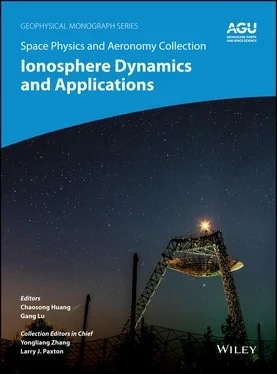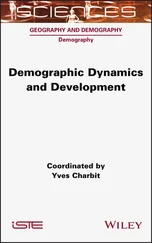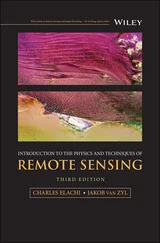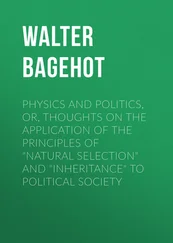Observations of the expanding/contracting polar cap, for instance using the convection reversal boundary (Taylor et al., 1996), global auroral imagery (e.g., Milan et al., 2003, 2007; Milan, 2004; Huang et al., 2009), or measurements of FAC distribution (Clausen et al., 2012), can be used to diagnose the dynamics of the magnetosphere, and to infer dayside and nightside reconnection rates and the convection strength. Figure 2.12presents three periods during which the poleward edge of the auroral oval was used as a proxy for the OCB and changes in open flux were quantified over several hours. The polar cap tended to expand during periods of southward IMF and contract following substorms. For instance, substorm 8 in Figure 2.12shows an increase in F PCfollowing a southward turning of the IMF at 10 UT, the growth phase, and a decrease in F PCfollowing substorm expansion phase onset at 10:45 UT, accompanied by enhanced auroral brightness. The accompanying electrojet indices show clear growth phase and expansion phase signatures: first symmetric positive and negative excursions of AU and AL as convection is driven by dayside reconnection, followed by a sharp excursion in AL associated with the formation of the current wedge. Variations in F PCallow estimation of Φ Dand Φ Nusing equation (2.15), from which Φ PCcan be inferred using equation (2.16). Such observations show that the substorm expansion phase typically lasts 1 hour, with Φ N≈ 75 kV, closing approximately 0.3 GWb of flux, equivalent to approximately half the preexisting polar cap flux (Milan et al., 2007). There is ambiguity in such measurements as changes in F PCare related to the difference between Φ Dand Φ N, not their absolute values. In this case, estimating Φ Dfrom solar wind observations (e.g., Milan et al., 2012) removes this ambiguity. If convection measurements are available as well as observations of the polar cap boundary, then Φ Dand Φ Ncan be measured independently from the rate of plasma flow across the dayside and nightside OCB (e.g., Baker et al., 1997; Grocott et al., 2002; Hubert et al., 2006, 2017; Chisham et al., 2008). Alternatively, observations of F PC, Φ D, and Φ Ncan be used to drive a model of convection to compare with measured flow velocities (e.g., Walach et al., 2017).
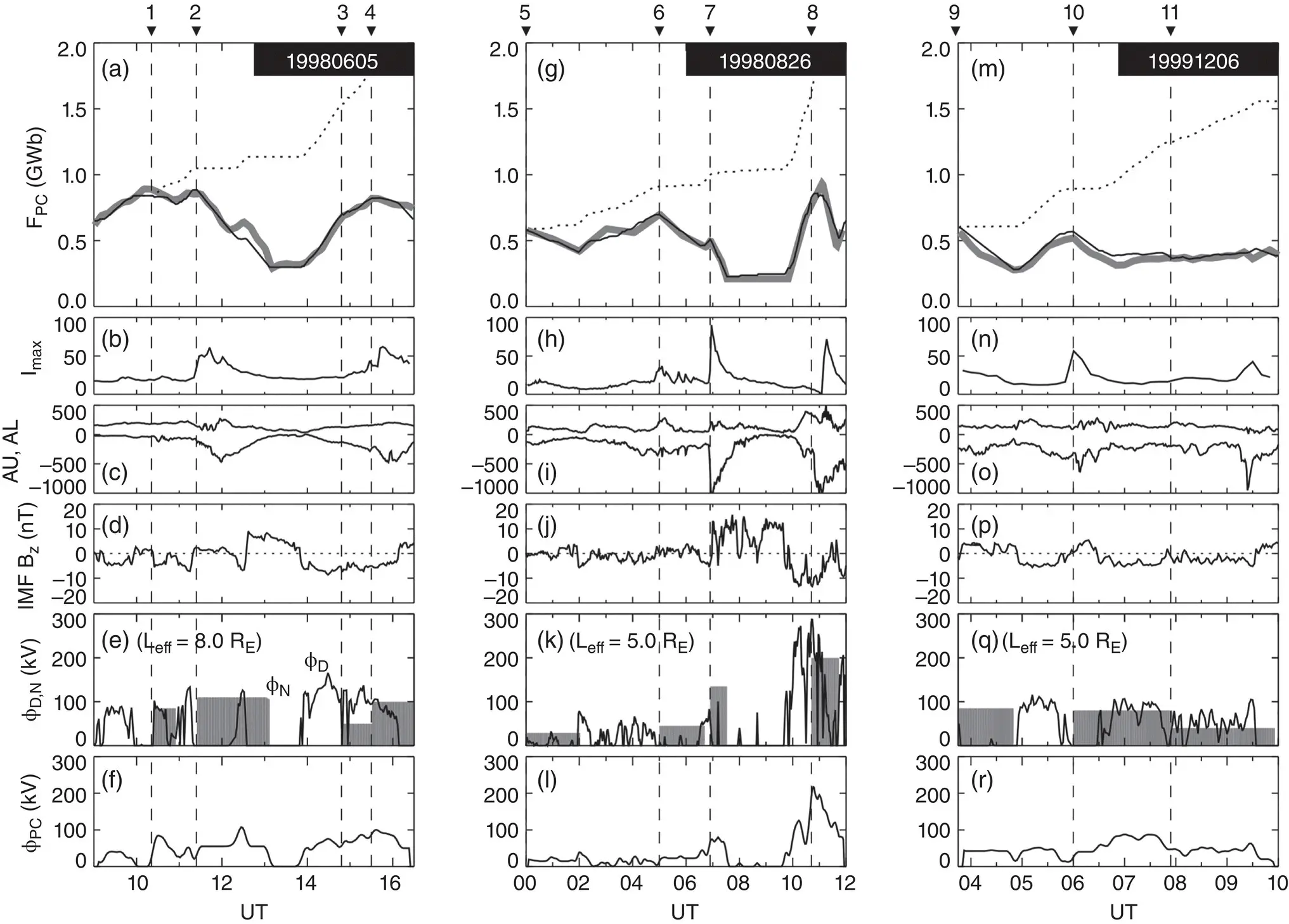
Figure 2.12 Three examples of observations of the expanding/contracting polar cap from global auroral imaging. Panels from top: Polar cap flux, F PC; maximum nightside auroral intensity; auroral electrojet indices, AU and AL; IMF B Z; inferred dayside and nightside reconnection rates, Φ D(black lines) and Φ N(grey rectangles); inferred cross‐polar cap potential, Φ PC
(from Milan et al., 2007; Reproduced with permission of John Wiley and Sons).
The detailed development of the convection pattern following substorm onset has been shown to be dependent on the latitude of substorm onset, that is the amount of open flux that has accumulated in the magnetosphere prior to onset occurring. High‐latitude and low‐latitude onsets are associated with weak and intense auroral responses (Kamide et al., 1999; Milan et al., 2009), which in turn influence the conductance of the auroral bulge. Grocott et al. (2009) demonstrated that the convection speed in the nightside onset region increases at the time of high‐latitude onsets, as is expected due to the contribution to the cross‐polar cap potential by nightside reconnection. However, they also showed that for low‐latitude substorms, the nightside convection counterintuitively slows at onset, which is interpreted as frictional coupling between the ionosphere and atmosphere owing to the high conductance in the auroral bulge (e.g., Morelli et al., 1995); convection can only redistribute flux to return the polar cap to a circular configuration once the conductance decays. In this scenario, we expect that the protrusion of the auroral bulge into the polar cap shown in Figure 2.11is appropriate for low‐latitude onsets. For high‐latitude onsets, Milan et al. (2018b) have suggested that once reconnection of open flux begins, convection maintains a circular polar cap.
If the IMF remains southward for a prolonged period, the magnetosphere sometimes undergoes steady magnetospheric convection (e.g., Sergeev, 1977; Sergeev et al., 1996; McWilliams et al., 2008). During such events, Φ N≈ Φ Dso these are also known as “balanced reconnection intervals” (DeJong et al., 2008), and the polar cap remains of uniform size. Kissinger et al. (2012) and Walach and Milan (2015) showed that many such events begin as a substorm, but segue into SMC if the IMF does not shortly thereafter turn northward. Milan et al. (2018b) have suggested that during prolonged B Z< 0, SMC can be achieved if the initiating substorm is a high‐latitude onset and convection is unimpeded, but that a sequence of substorms is initiated if the onsets are low latitude and conductance arrests the flow such that a laminar convection state cannot be established.
Statistical studies suggest that during nonsubstorm periods, IMF B Yplays an important and well‐defined role in determining east‐west asymmetries in the nightside convection pattern (see below), but that after substorm onset, the asymmetries are less straightforward to predict (e.g., Grocott et al., 2010). In general, the development of the Harang reversal, which results in westward low‐latitude return flows in the midnight sector, masks the B Yeffect (e.g., Grocott et al., 2010, 2017). There is evidence that the local time of substorm onset can itself influence the morphology of the nightside flows (e.g., Bristow et al., 2001, 2003), with substorms occurring at atypically early or late local times being associated with asymmetric eastward and westward midnight‐sector return flows, respectively (Grocott et al., 2017), but this appears to be irrespective of the sense of IMF B Y.
Although it is thought that most nightside reconnection occurs during substorms or the subsequent SMC, reconnection can also occur when the driving of the Dungey cycle is weak and substorm activity is not expected (for instance during periods of northward IMF), albeit at a low rate and in occasional bursts (Senior et al., 2002; Grocott et al., 2003, 2004, 2005, 2008). Such events have become known as “tail reconnection during IMF‐northward, non‐substorm intervals” or TRINNIs (Milan et al., 2005). Fast eastward or westward convection flows are associated with TRINNIs, the direction being determined by the prevailing sense of IMF B Y, associated with the untwisting of newly closed field lines (Grocott et al., 2005, 2007, 2008; Pitkänen, 2015, 2016; Reistad et al., 2016, 2018); the untwisting of these field lines has also been implicated in the formation of transpolar arcs, auroral features that bisect the dark polar cap (Milan et al., 2005; Goudarzi et al., 2008; Fear et al., 2012a, 2012b).
The question of how long it takes to develop nightside east‐west asymmetries in the nightside convection pattern, and the mechanism by which this occurs, is currently under debate. Mechanisms that have been suggested include pressure asymmetries in the lobe due to asymmetric loading of new open flux (Khurana et al., 1996; Tenfjord et al., 2015; Milan, 2015), and the reconnection of lobe field lines with a significant B Ycomponent introduced by asymmetric loading and magnetotail twisting (e.g., Cowley 1981b, Taguchi & Hoffman, 1996; Taguchi et al., 1994; Nishida et al., 1994, 1995, 1998; Tanaka, 2001; Grocott et al., 2005, 2007; Browett et al., 2017). It is possible that all these mechanisms are active, but are governed by different timescales, and manifest themselves in different parts of the convection pattern, that is, open and closed field lines, and at different phases of the substorm cycle (e.g., Grocott, 2017; Milan et al., 2018a).
Читать дальше
